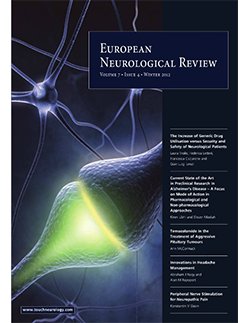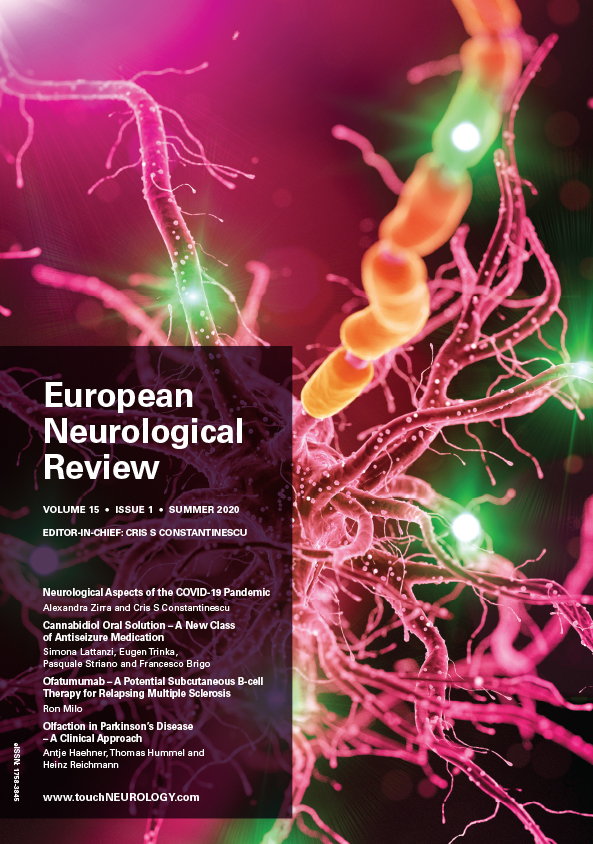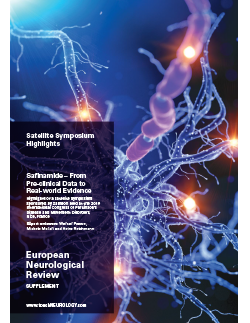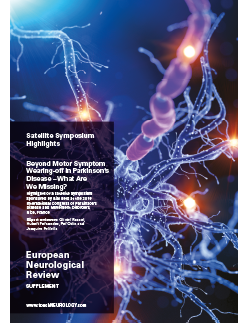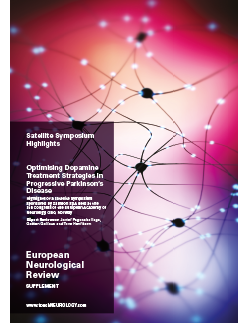EUROPEAN NEUROLOGICAL REVIEW – VOLUME 7 ISSUE 4 – WINTER 2012
Neurodegenerative Disease
Abstract Alzheimer’s disease (AD) is an age-related neurodegenerative disorder characterised by progressive memory deficits and other cognitive disturbances. Neuropathologically, AD is characterised by synaptic deficits, progressive loss of neocortical, limbic and basal forebrain cholinergic neurons and the abnormal extracellular accumulation of amyloid-beta (Aβ) and the intracellular aggregation of the cytoskeletal protein tau. Currently available AD […]
Stroke
Abstract A heavy burden of white matter hyperintensities (WMH) is a risk factor for stroke and vascular cognitive impairment making it important to understand their pathophysiology, aetiology and clinical implications. Ageing studies suggest a linear relationship between blood pressure (BP) and both WMH and microstructural integrity in normal-appearing white matter and, after age, hypertension is […]
Oncology
Abstract The management of aggressive pituitary tumours remains a challenge, however, the recent identification of temozolomide as a chemotherapeutic agent with significant efficacy against these tumours has heralded a new therapeutic era. There has been an exponential growth in the international experience with temozolomide over the past five years, now totalling 50 published cases. Overall, […]
Epilepsy
Childhood absence epilepsy (CAE) is one of the most common forms of paediatric epilepsy, accounting for between 10 and 17 % of all cases of childhood onset epilepsies.1 CAE is defined by age-related onset, clinical and electrographical characteristics, and a presumed genetic aetiology.2 The syndrome typically begins at between four and eight years of age […]
Headache
Abstract Since the advent of triptans over two decades ago, progress on new therapeutics for headache management has seemingly slowed as few new lines of care have become available. With major advances in the understanding of headache disorder neurobiology, new therapies are on the horizon. This article will review novel delivery systems of familiar medications […]
Pain
Peripheral nerve stimulation (PNS) is a unique neuromodulation modality that is rapidly gaining popularity for a variety of clinical conditions. Despite its straightforward nature, the modality has been for a long time treated as a ‘stepchild’ of the neuromodulation field, yielding the spotlight to the more ubiquitous spinal cord stimulation (SCS) and the more elegant […]
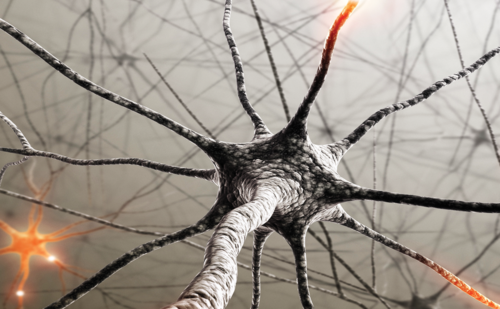
Trending Topic
Opioid therapy has become a mainstay for the treatment of chronic pain, despite evidence that these medications may be ineffective and even unsafe in this patient population.1,2 In patients with chronic back pain, the use of first-line medications (non-steroidal anti-inflammatory drugs and acetaminophen) declined by 48% from 1999 to 2010; simultaneously, there was a 53% rise […]
Journal Archive
European Neurological Review is a peer-reviewed, free-to-access, bi-annual neurology journal comprising review articles, case reports, practice guides, theoretical discussions, and original research. It features balanced and comprehensive articles written by leading authorities, addressing the most important and salient developments in the field of neurology in practical terms.
Latest articles videos and clinical updates - straight to your inbox
Log into your Touch Account
Earn and track your CME credits on the go, save articles for later, and follow the latest congress coverage.
Register now for FREE Access
Register for free to hear about the latest expert-led education, peer-reviewed articles, conference highlights, and innovative CME activities.
Sign up with an Email
Or use a Social Account.
This Functionality is for
Members Only
Explore the latest in medical education and stay current in your field. Create a free account to track your learning.


